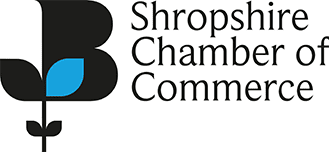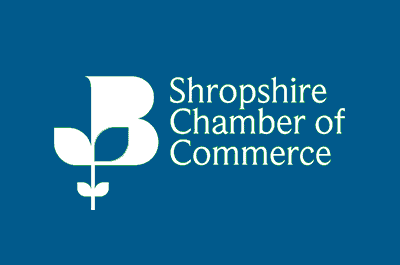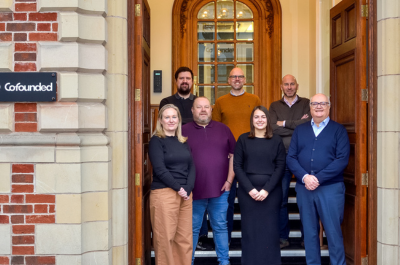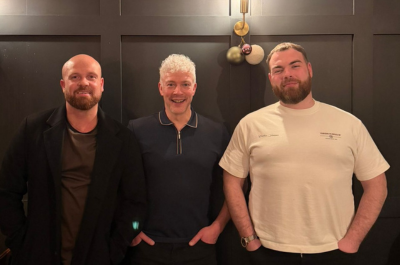Bird droppings – A flocking nuisance
Over the summer months, many towns and cities hope to attract visitors to their parks and open spaces, especially after the last revenue light eighteen months. However, recently many inland locations, such as Worcester, have had to deal with what has always been considered a costal issue – gulls, and lots of them.
They may provide many funny photos for social media sites and laughs while stealing chips, but they also cause environmental and social problems, from aggressive anti-social behaviour, such as attacking people to stealing food, and defecating on buildings, cars and public attractions, causing serious appearance retention issues.
Various strategies can be deployed to scare gulls away, such as hawks, anti-bird spikes, mesh and netting; but how to deal with the mess they leave behind – notably guano, or bird poo!
A few facts about bird droppings that help to explain the problems it causes:
- The uric acid levels in bird poo are relatively high and can reach strongly acidic pH levels of 3-4.5
- Due to its acidity, bird poo will corrode most building materials if left in surface contact for long enough
- It damages car finishes and paint, including soft tops.
- When dried-on, it can become very difficult to remove without scrubbing and using strong cleaning agents – which risks surface scratching and damage.
The best way to prevent the damage from the acidity levels of bird muck is to wash it off straight away, which is rarely practicable. The longer it’s left, the more challenging it is to remove. Preventative action is at hand however as glass, paint, brickwork and other building surfaces can be treated with microscopically thin protective nano-coatings to give the substrate an indistinguishable protective repellent layer.
Layers of silica sand (SiO2) form a permanently bonded nano-scale layer of glass over the surface of the base material (such as plastic, metals, stone, tiles etc) which, makes the surfaces’ micro-pores super-smooth as it repels liquid and dirt. It is this ‘easy clean’ repellent functionality that prevents the droppings from adhering to and subsequently damaging the surface.
The micro-thin glass like barrier that the nano-coatings form on the substrate is not affected by the acidity of the muck, nor is it abraded during appropriate cleaning.
For rooflights, windows and windscreens, Nanoflex® Glassguard™ can be applied quickly and easily during regular cleaning, bonding to the substrate takes place in seconds and the coated surface can be exposed to rain minutes afterwards. The product is used as the permanent easy-clean coating of choice by leading UK glass roof manufacturers, where muck free skylights are a pre-requisite.
For stone, brick, and other absorbent mineral based building materials Nanoflex® Flexiguard™ and Graffitiguard™ offer a quickly applied water-based solution. They provide all round appearance retention through the additional benefits of repelling water ingress and environmental dust as well as preventing moss, lichen and fungus colonies from establishing a foothold.
A factoid relating to bird muck and car colour: Halfords undertook research to see if the myth about birds pooing more on certain colours of cars was true. Their study looked at 1,140 cars within five major UK towns and concluded that birds preferred red or crimson motors more than any other colour, with green least affected.
To protect your car’s paintwork (whatever the colour) Nanoflex™ Dura® is a nano-ceramic that is easily applied by a simple but detailed polishing action. It forms an ultra-thin barrier with a strong chemical bond to the surface that is permanent, durable and resistant against mechanical (abrasive) and chemical (cleaning) action, as well as general weathering.
For those fortunate enough to live by the sea, as well as those who live and work in other gull frequented environments, there is a range of solutions that can ease the burden and the costs associated with their daily movements.












Latest News